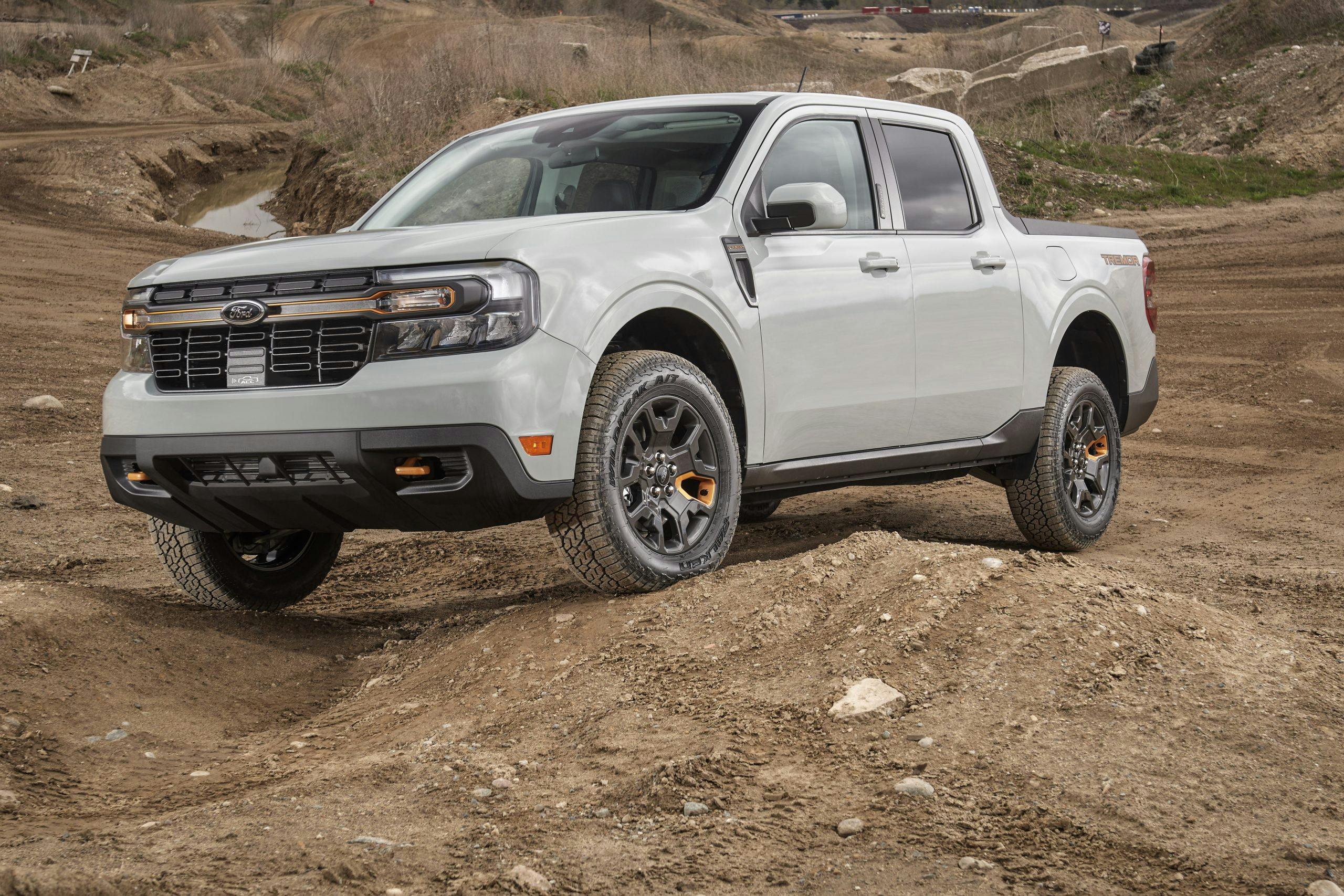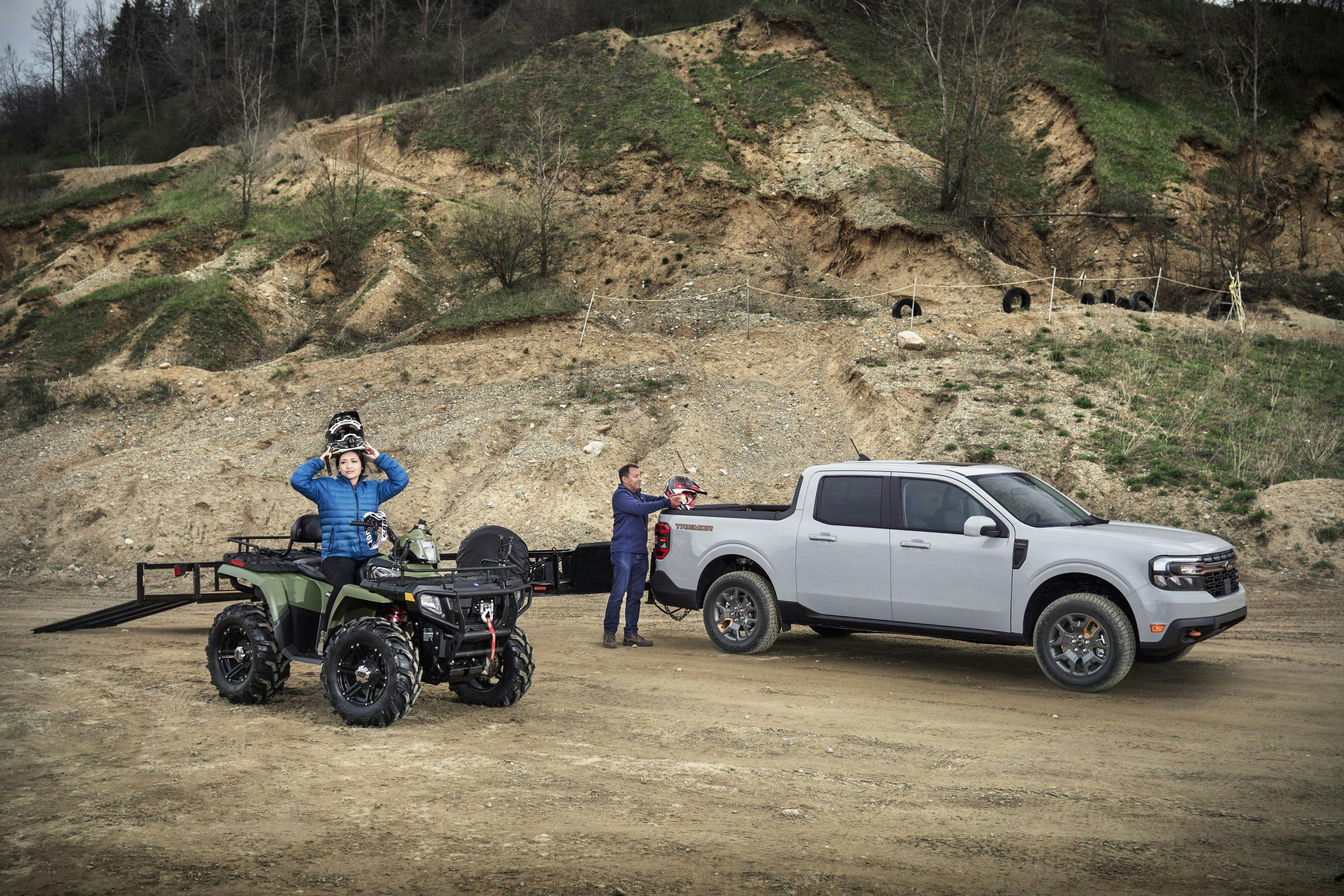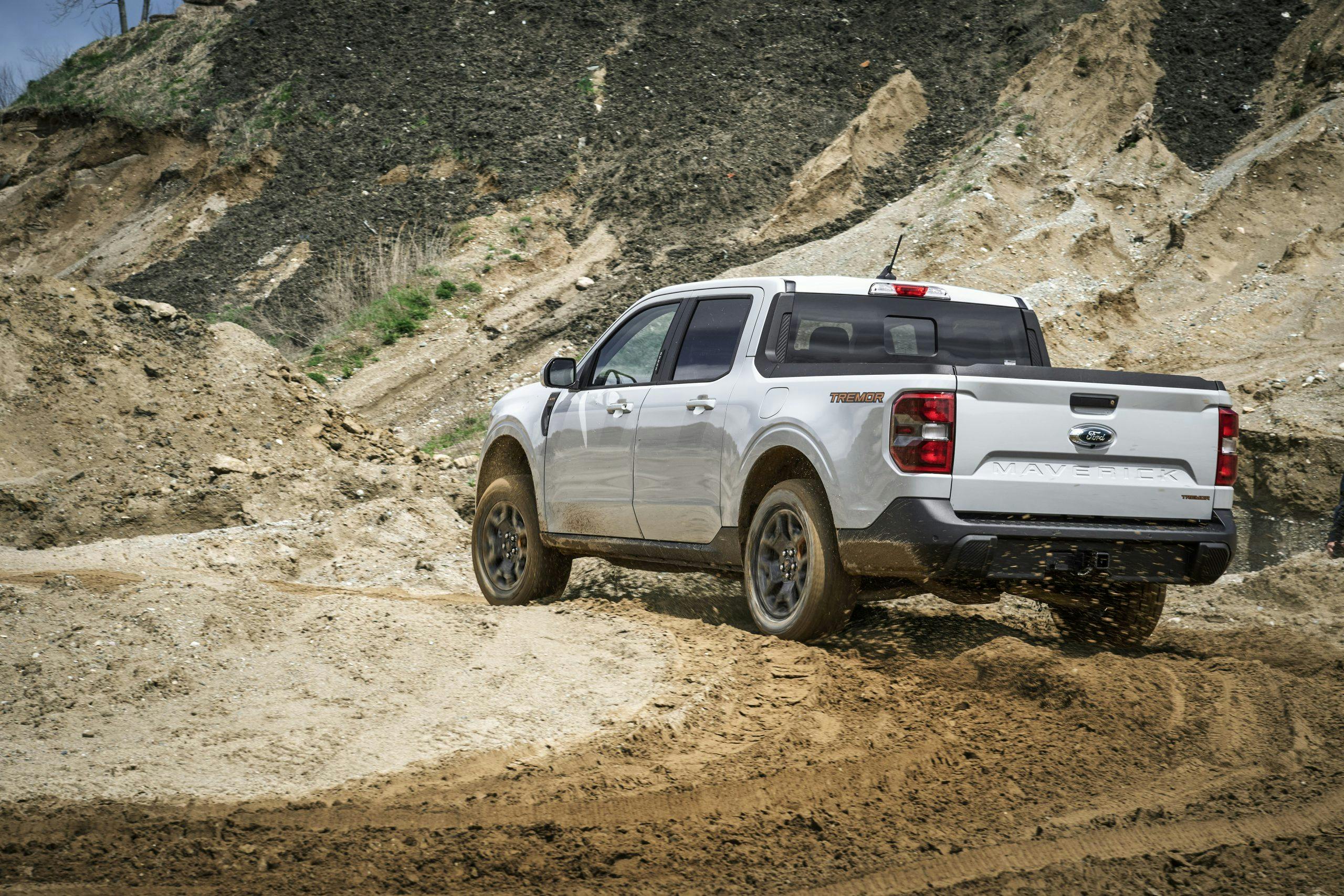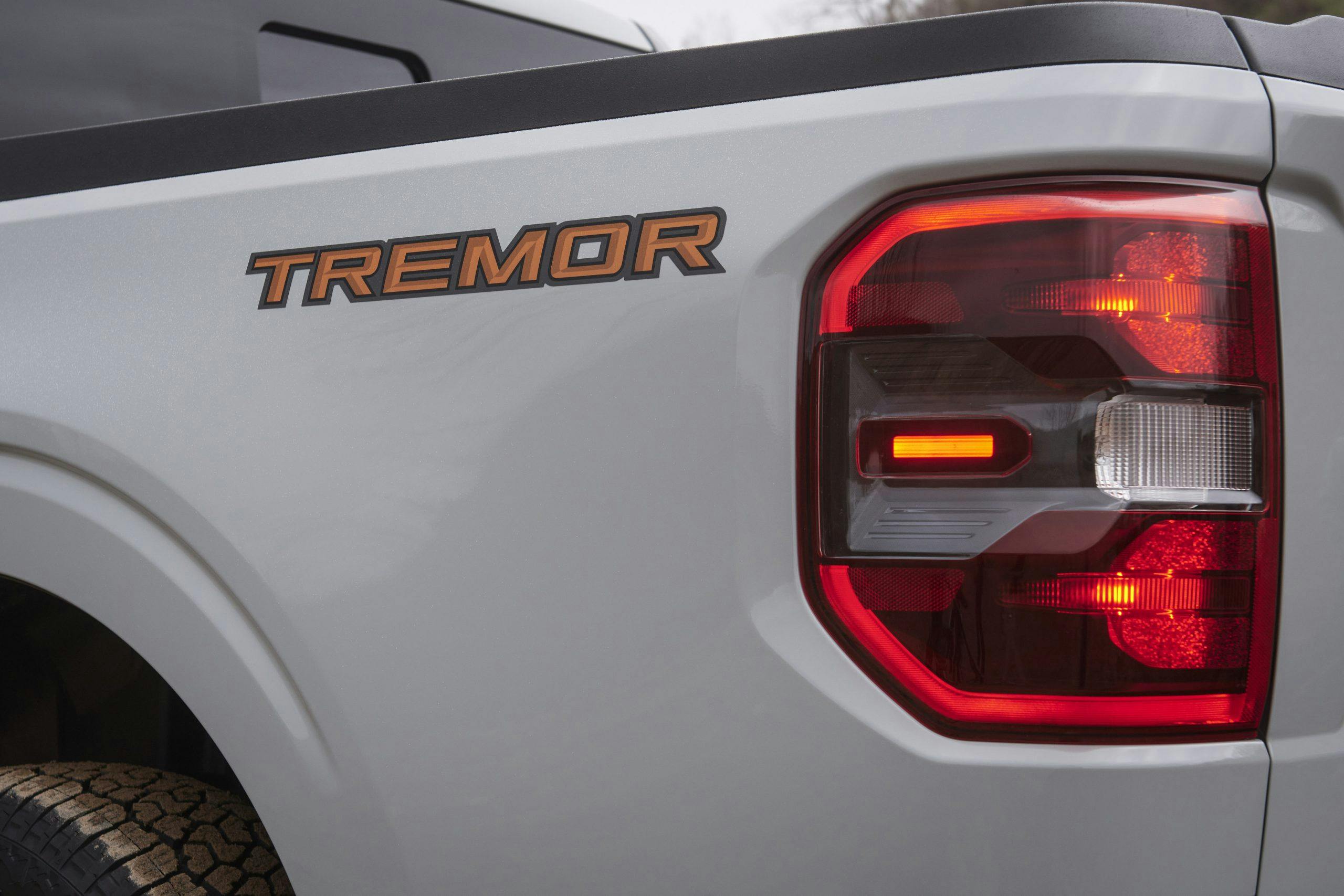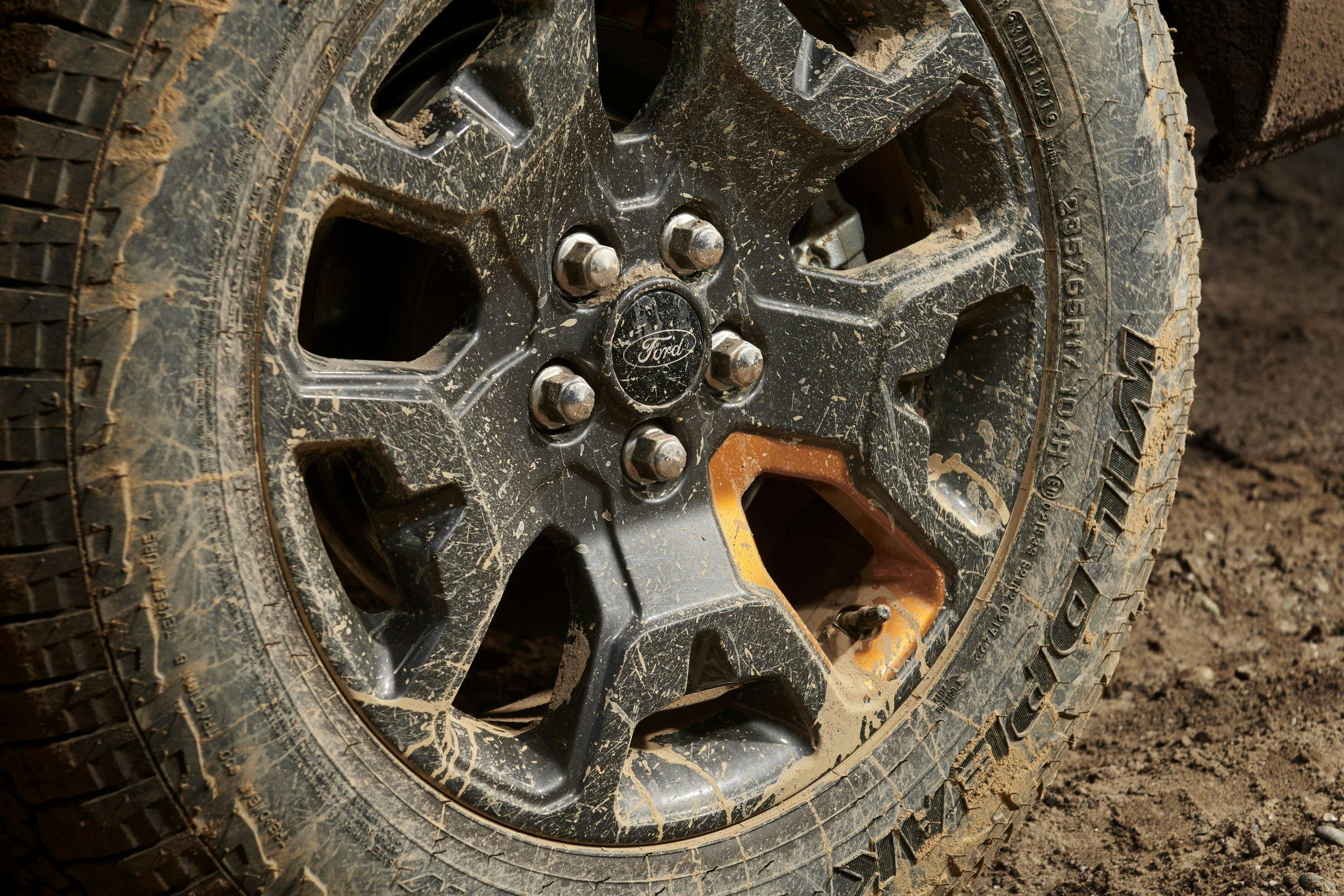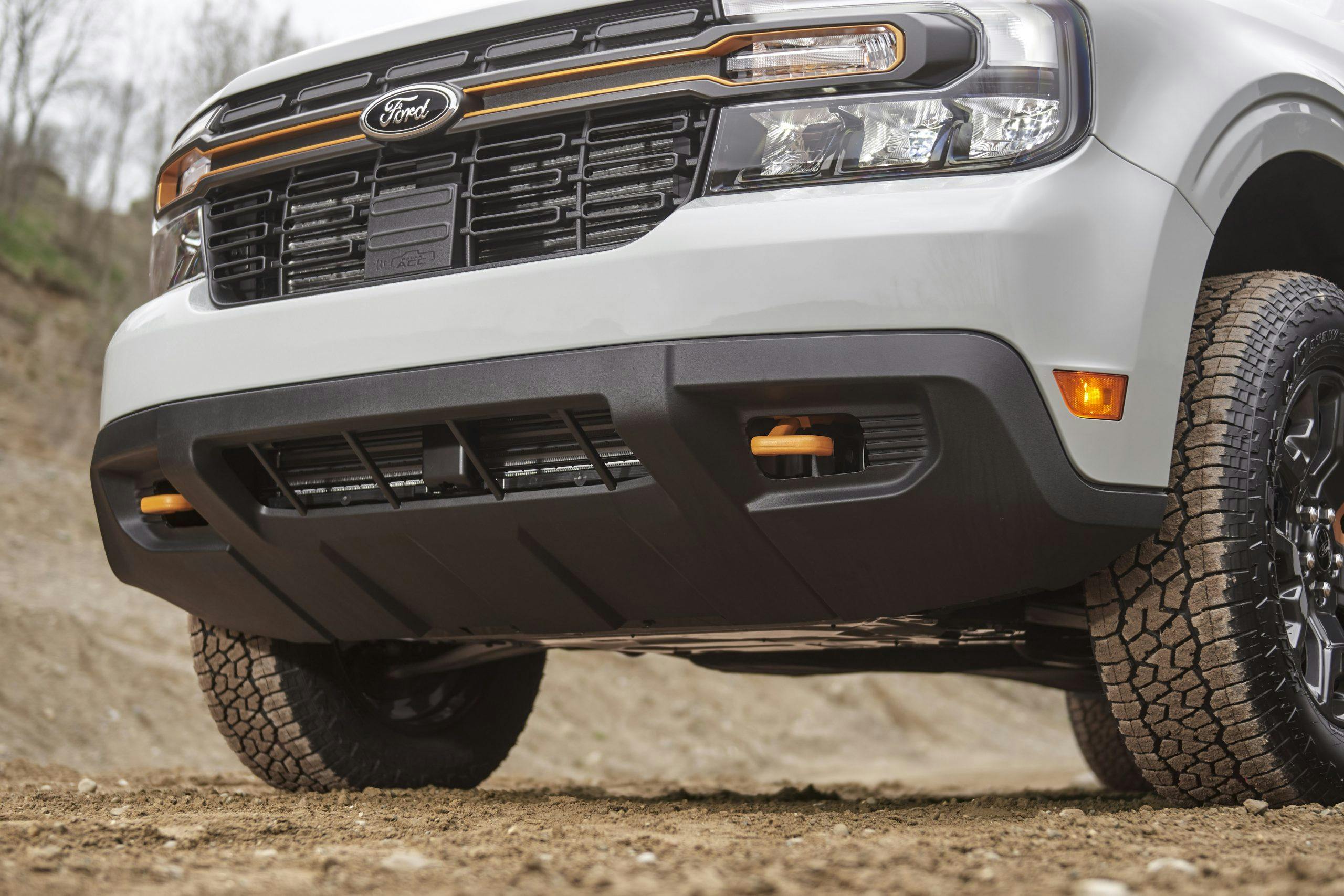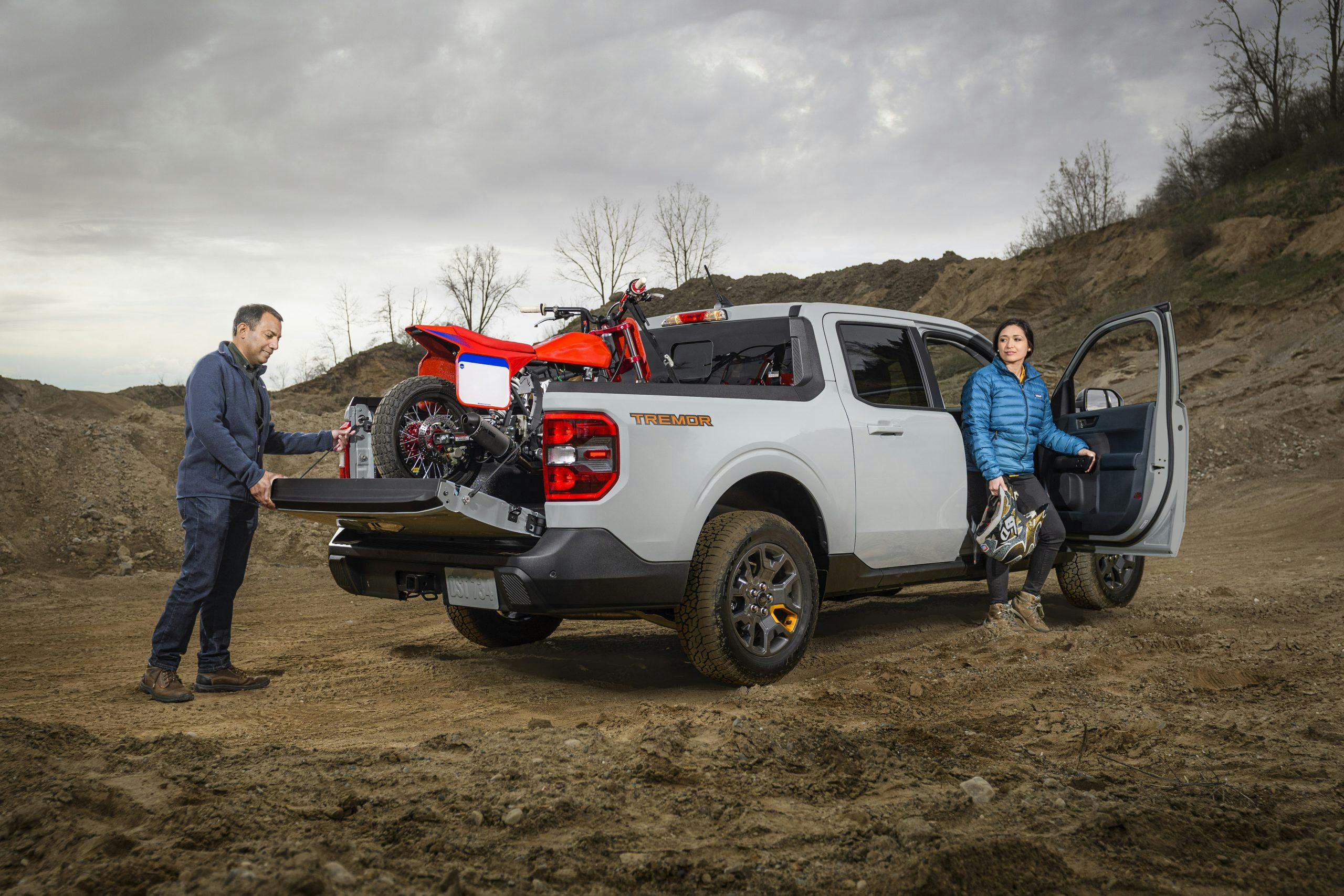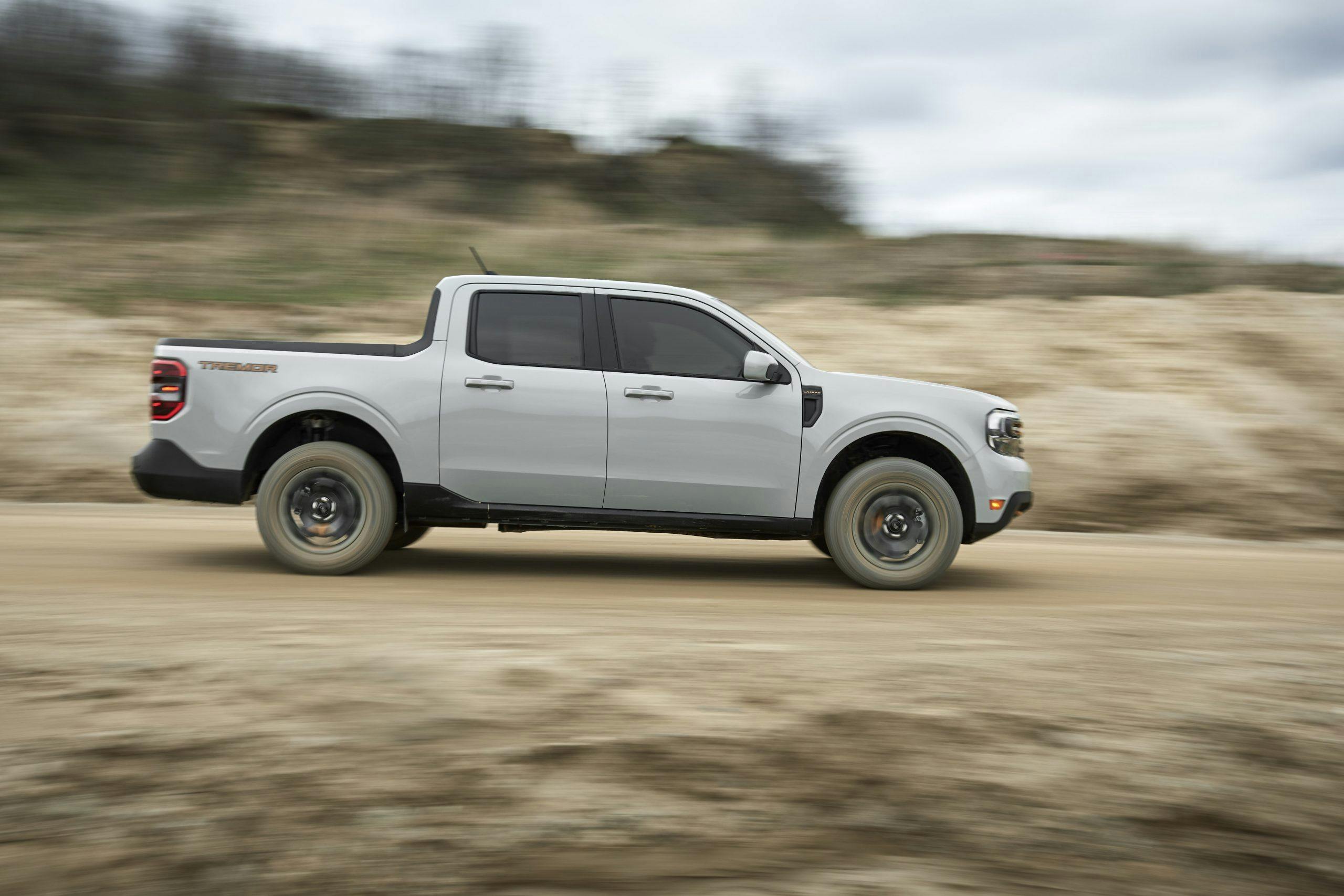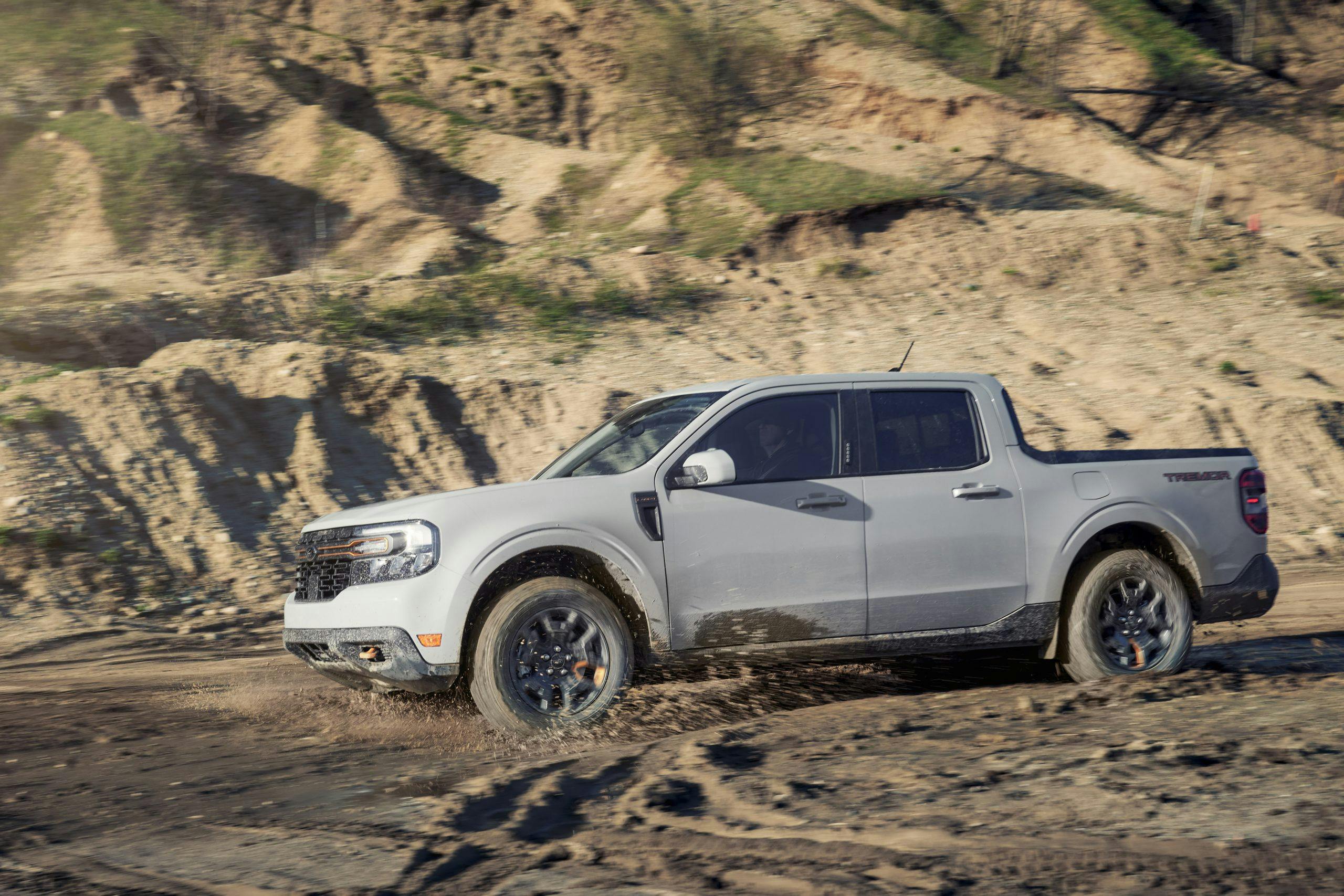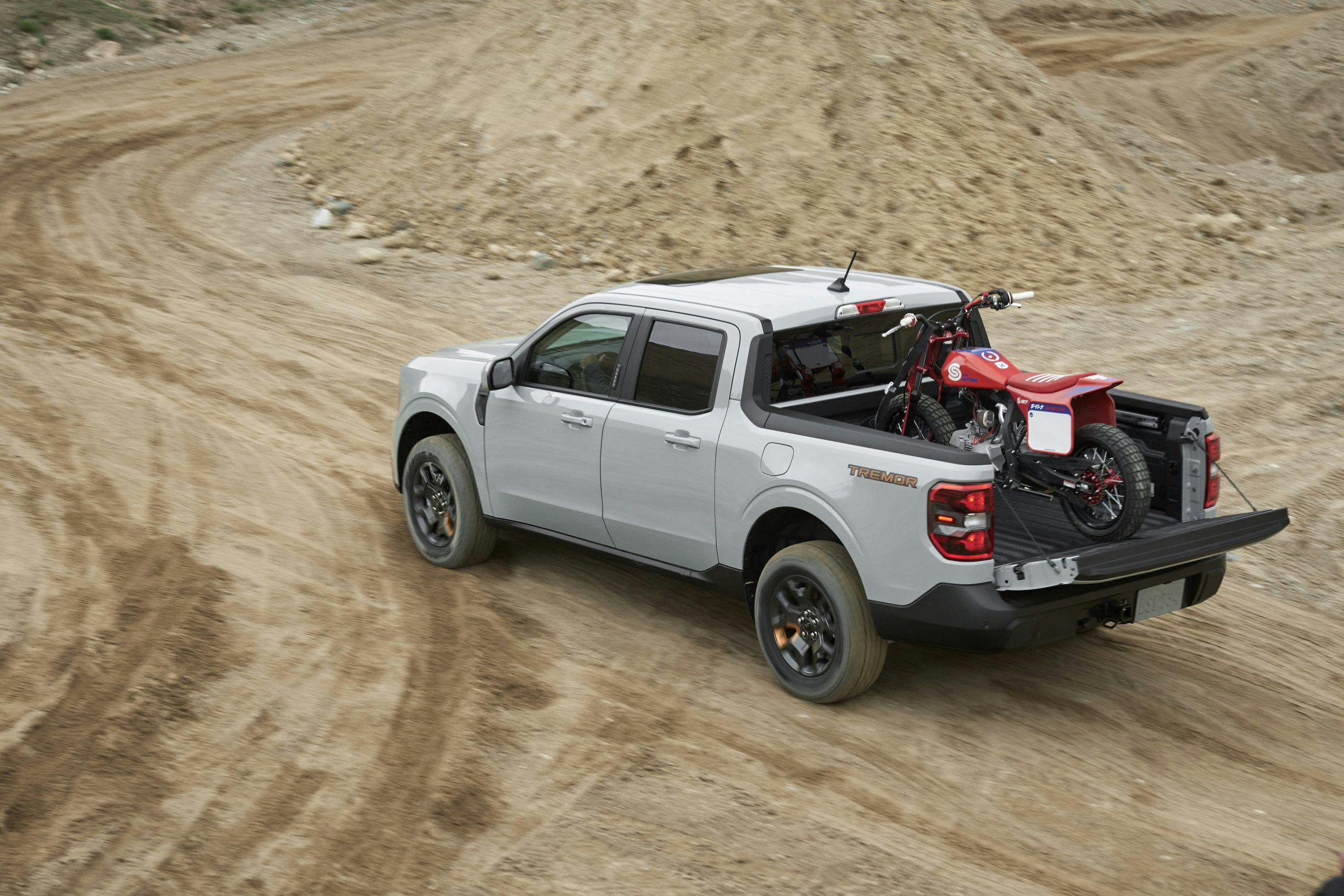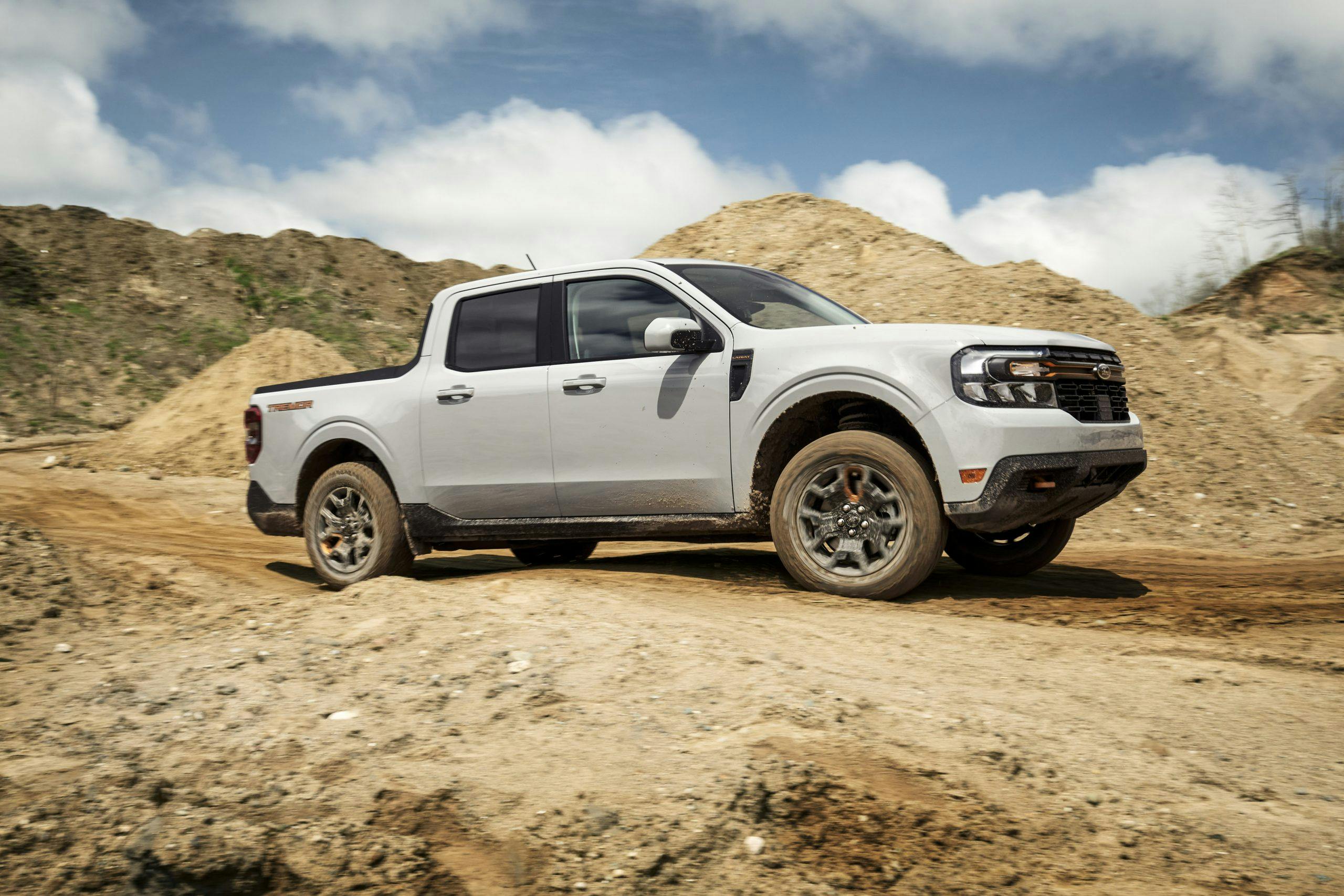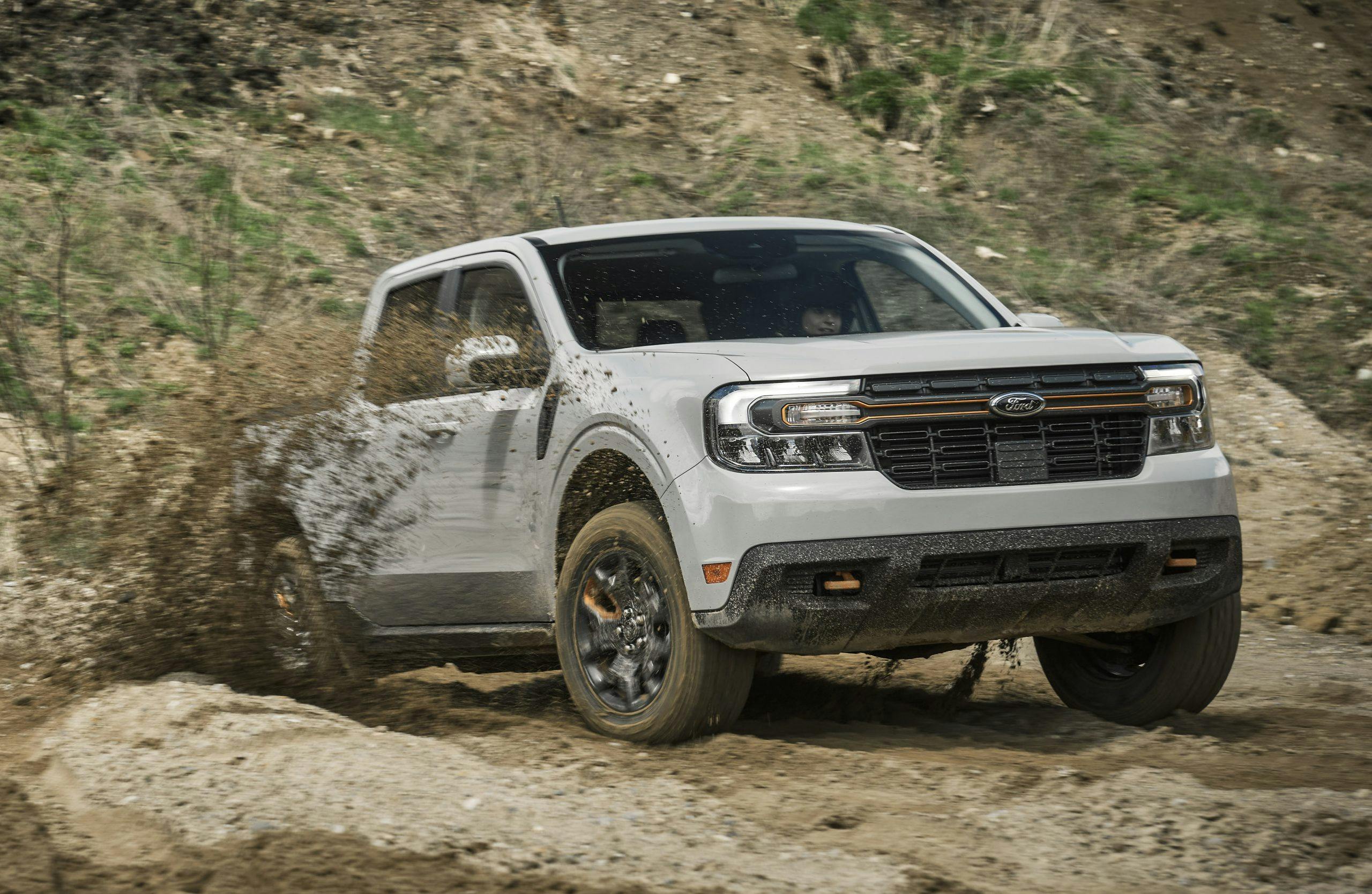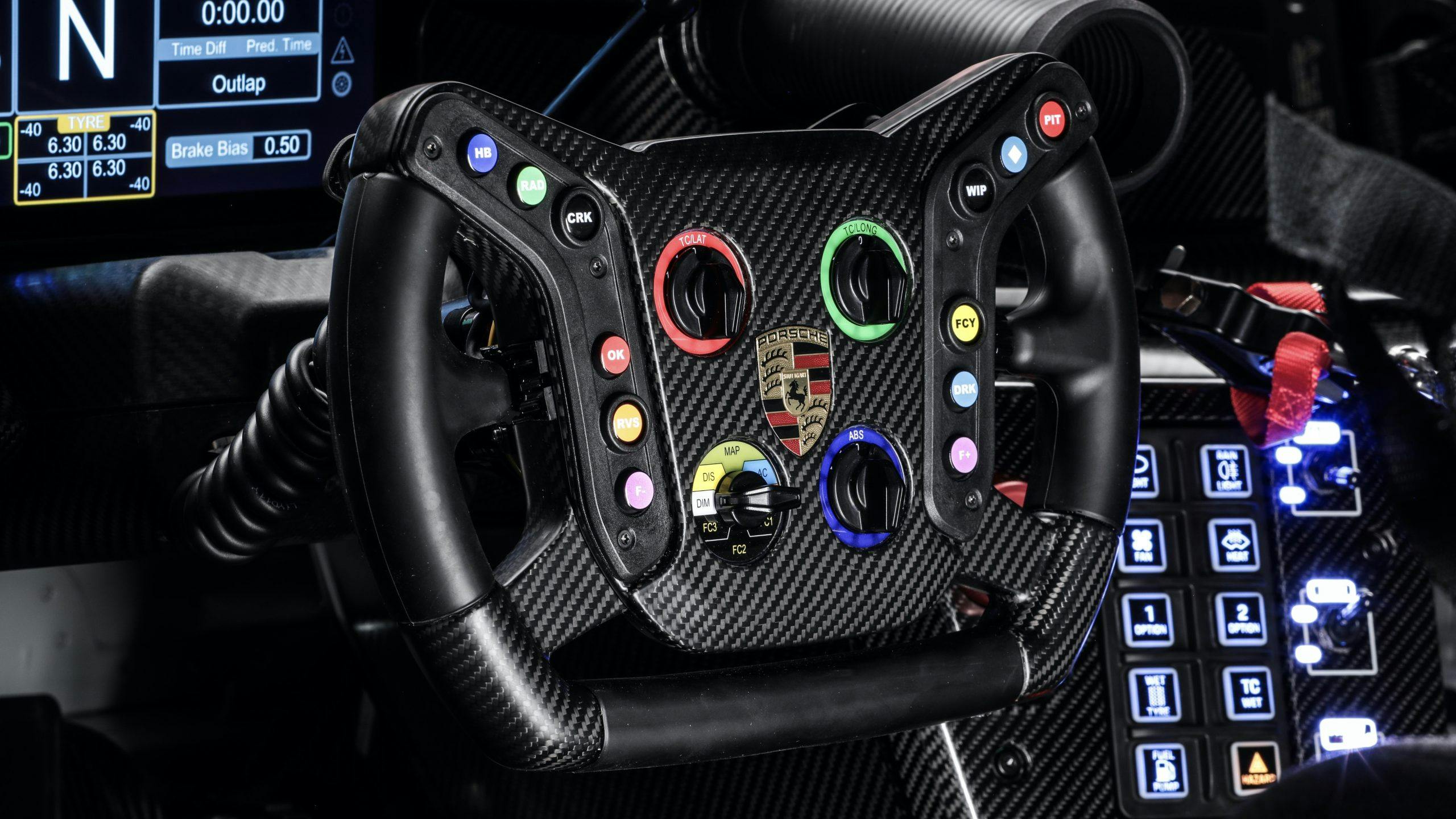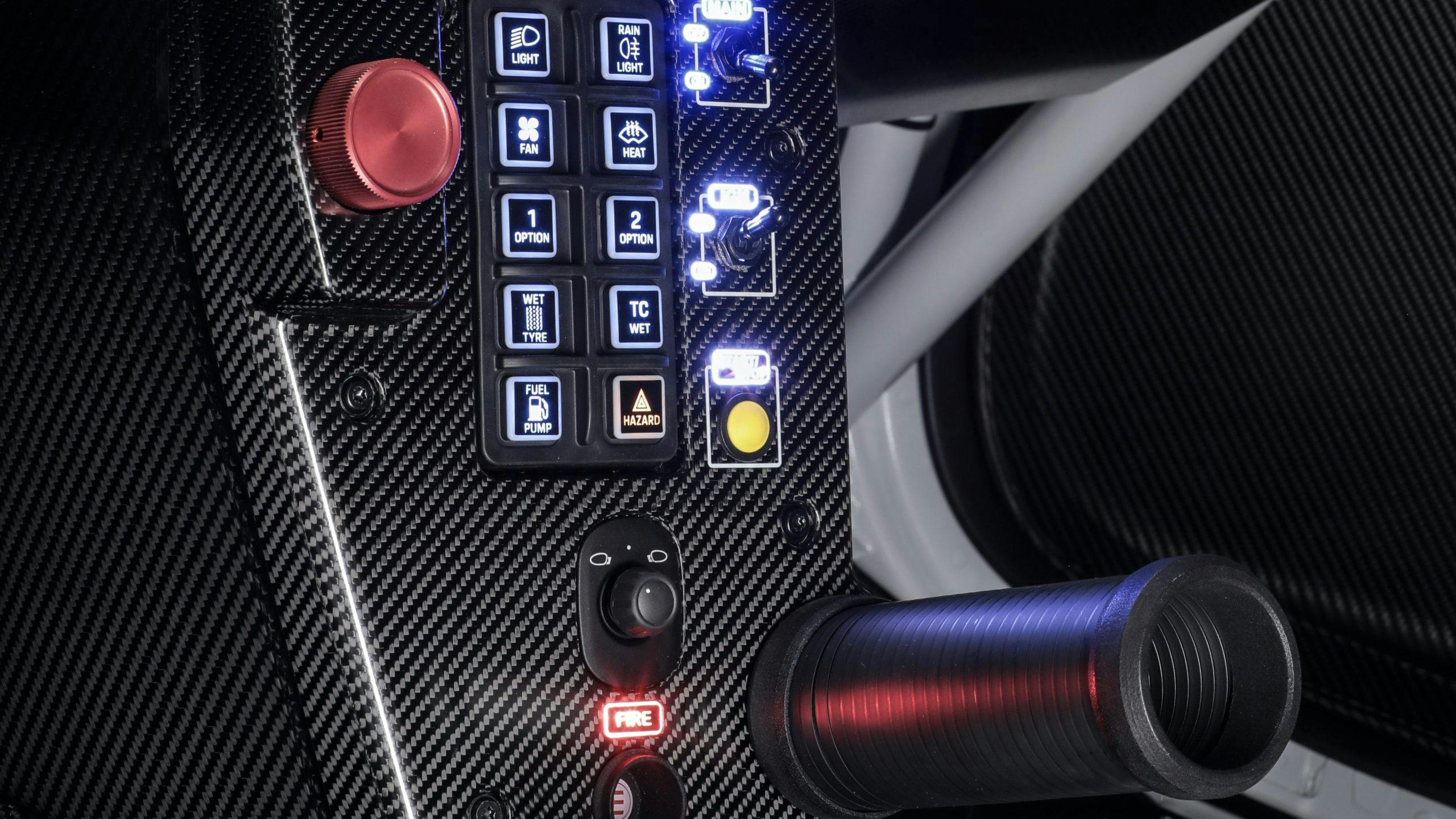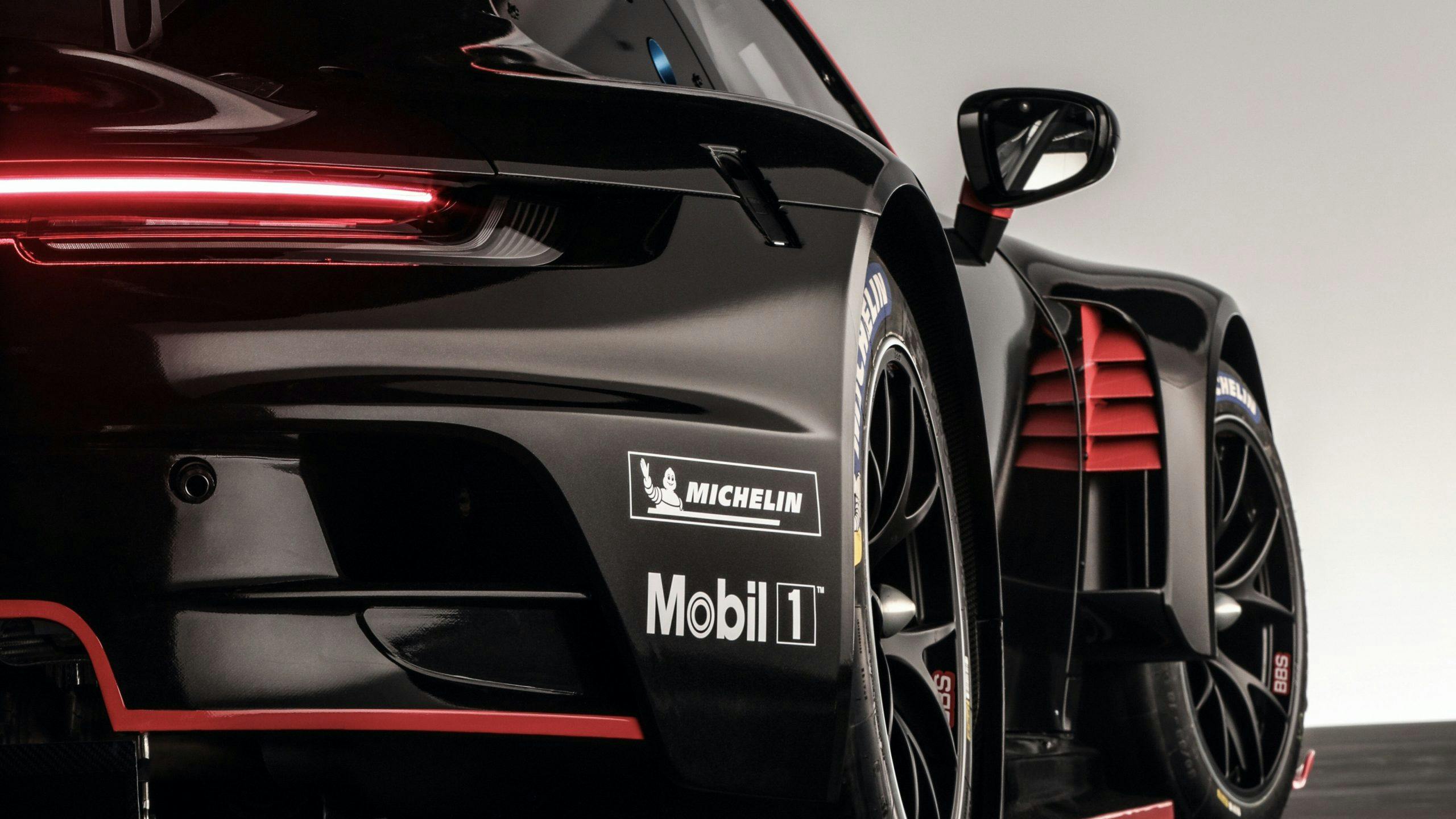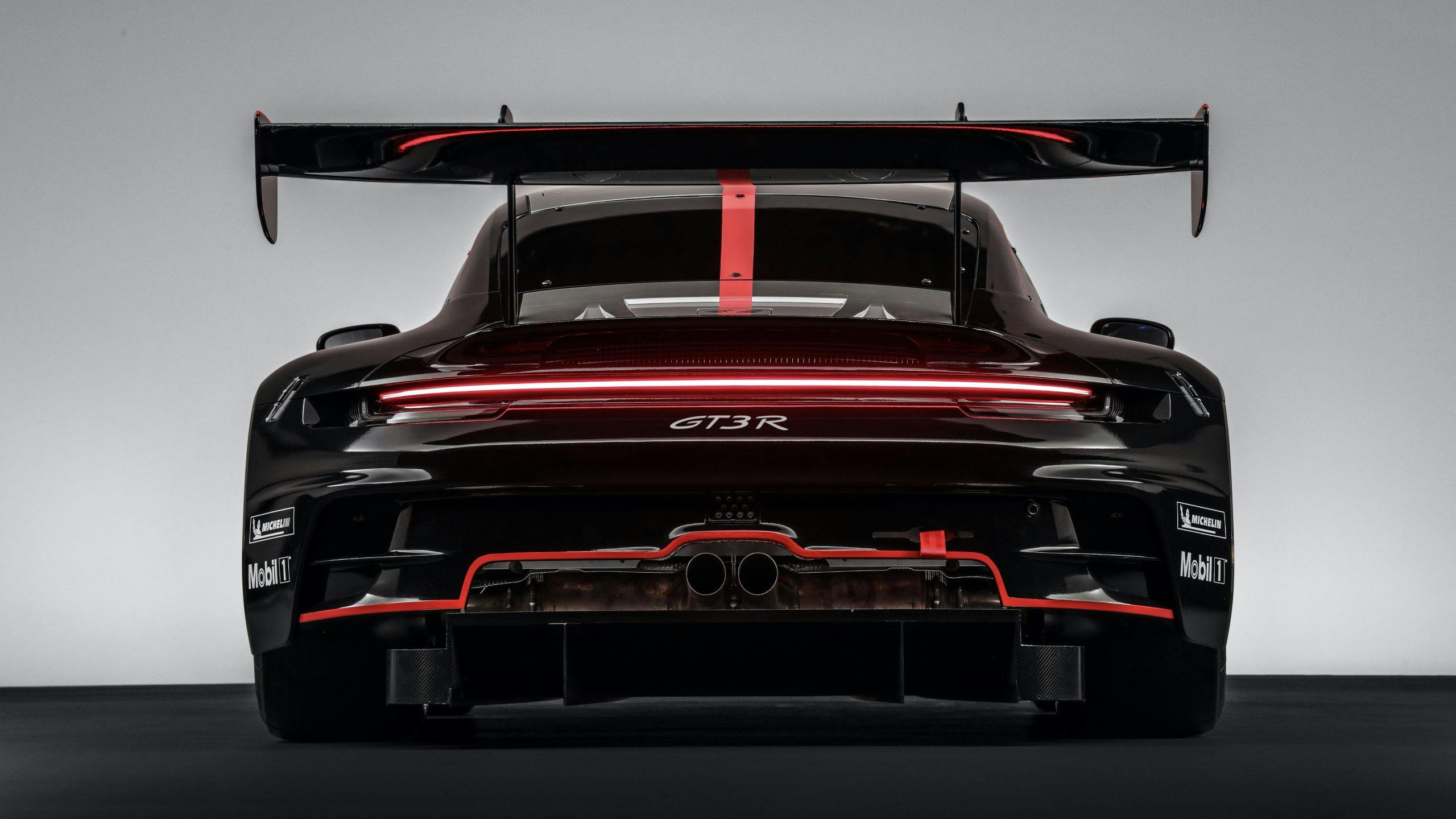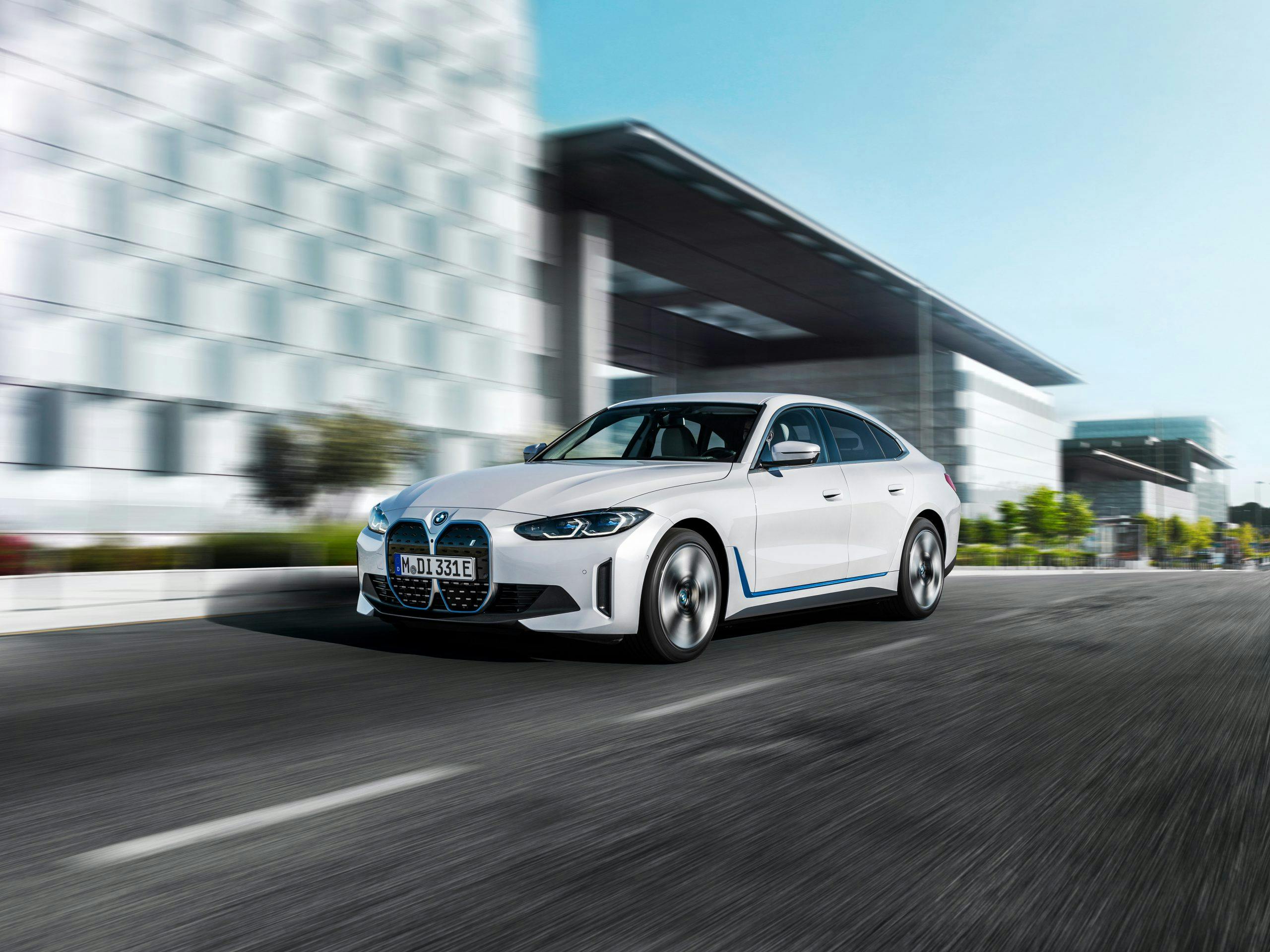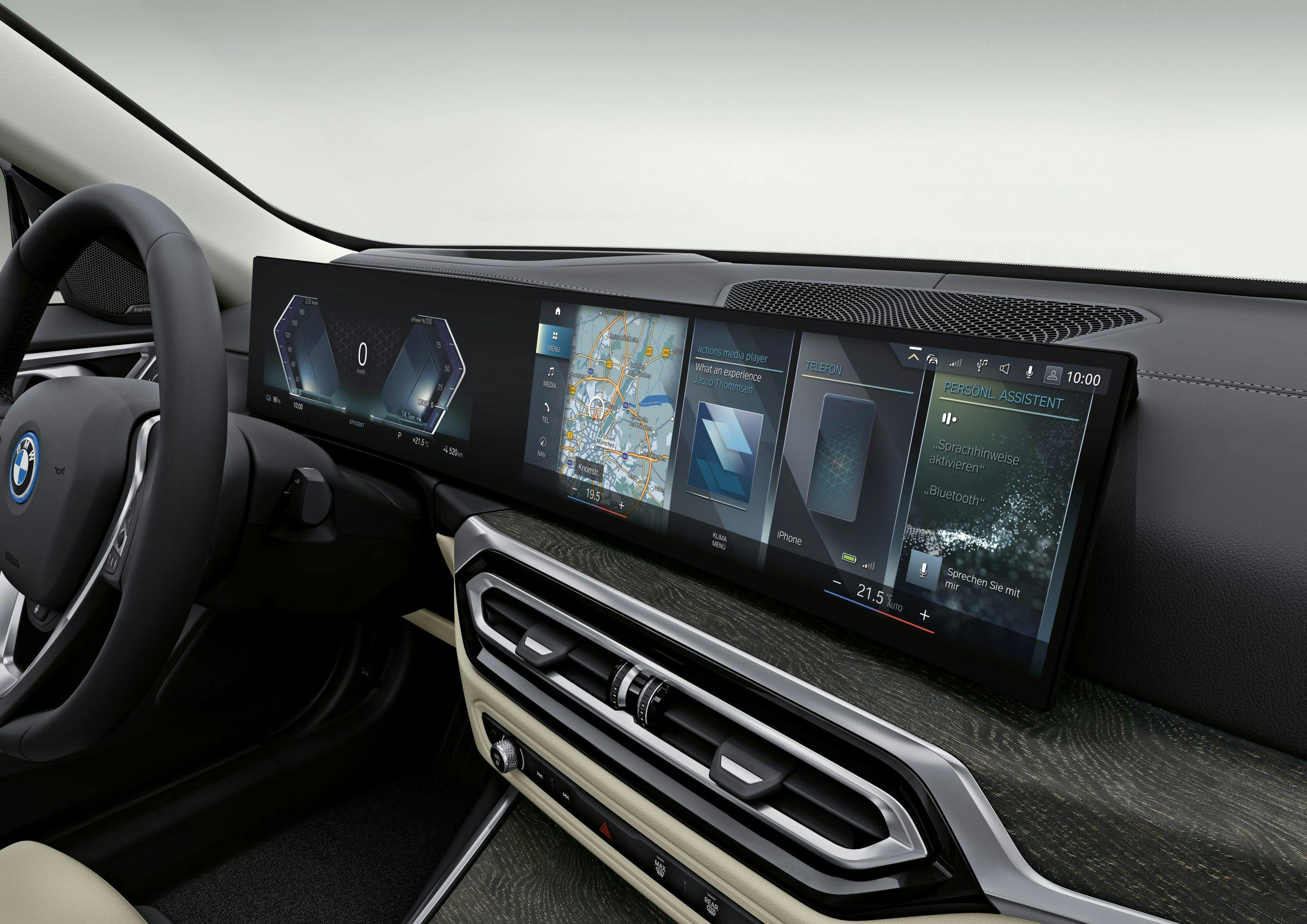Media | Articles
Tremor off-road kit adds just $3K to Maverick, IMSA to IMS, $7500 EV tax credit extension?
Ford Maverick crafts off-road Tremors on the cheap
Intake: The would-be Maverick Tremor we spotted two weeks ago is now a reality. This package comes with the usual goodies for more off road prowess, including a 1-inch lift, Ford’s Trail Control system, unique suspensions at each axle, revised front bumper for more impressive approach angles, unique 17-inch wheels with all-terrain tires, skid plates, and revised logos/lighting pods/fender vents/grille/orange tow hooks to ensure onlookers understand this isn’t a mere Maverick with all-wheel drive and the Ecoboost engine. The Tremor’s performance bits are an extra $2995 over an XLT- or Lariat-trim model (compared to $4290 when added to the Ranger), while a Tremor Appearance Package ($1495) adds a gray roof and body decals. (We calculated an XLT-based Tremor without the decals at $28,285 … but that’s based on 2022 MY pricing, which is almost guaranteed to increase for 2023. Take it as an estimate only.) Both Tremor upgrades are available when Maverick order banks open back up in September.
Exhaust: The Ford Focus’ C2 platform might be a distant memory for some, but its underpinnings now make some of the more desirable vehicles in Ford’s current portfolio. The Maverick’s Tremor upgrade makes us wonder if the Bronco Sport Badlands (another C2 derivative) was the inspiration for—and provided the off-road kit to—this vehicle. If so, its unique spring rates, uprated knuckles and hydraulic rebound stops will make the Maverick Tremor a great way to cross a rocky road with a bed full of precious cargo. — Sajeev Mehta
Seized Ferrari will now Czech mate speeders
Intake: When police in the Czech Republic realized they had a seized 2011 Ferrari 458 Italia in storage, they decided to add it to their crime-busting fleet rather than sell or scrap it. The Ferrari had just over 1000 miles on the clock when it was impounded and, after a $14,000 makeover which included a paint job and livery, light bar, camera system, radio and radar, it has now been handed over to the force’s Special Surveillance Department. Driven by specially trained officers, the 458 will be on call to crack down on street racing and go after stolen vehicles.
Exhaust: Somebody in the Czech police force has done their man maths. Although the cost of converting the Ferrari does seem cheap compared to buying a new cop-spec Skoda, and the rozzers reckon it will only cost around $1000 to run this year, they could have sold it and bought ten more mundane crime-fighters instead. —Nik Berg
Marketplace
Buy and sell classics with confidence
Indy is the place to be for IndyCar, NASCAR, and now IMSA
Intake: Roger Penske and Jim France have known each other for decades, so if a dual NASCAR-IndyCar weekend was ever going to happen, Indianapolis Motor Speedway was the place. That inaugural event occurred last weekend, with Penske-owned IndyCar on Saturday, and France’s NASCAR Cup series on Sunday. It worked, and will certainly be back next year. Also next year: The NASCAR-owned IMSA WeatherTech SportsCar Championship will return to Indy for the first time since 2014, billed as the “IMSA Battle on the Bricks.” The two-hour, 40-minute WeatherTech Championship race will be held on Sunday, September 17 with live NBC network television coverage. “Indianapolis Motor Speedway is hallowed ground in the world of motorsport, and we are honored to bring IMSA and the WeatherTech Championship back to IMS,” said IMSA president John Doonan. Also in IMSA news, Porsche has revealed its 2023 GT3 car, the 911 GT3 R, an update on the current model. The updated 911 GT3 R is based on the latest 992-generation 911 and features a larger engine with 565 horsepower and improved aerodynamics. Porsche customer teams will be able to race the new 911 starting with the 2023 Rolex 24 at Daytona in January.
Exhaust: It wasn’t that long ago that Indy just sat there 11 months out of the year, awaiting the Indianapolis 500. Now, it’s busy all year long. Good for the track, and its owner, Roger Penske, for properly utilizing the best racing facility in the world. — Steven Cole Smith
Welcome to BMW’s “affordable” electric 4 Series
Intake: BMW has unveiled a more wallet-friendly version of its 4 Series–sized EV, dubbed the i4 eDrive35. Relative to the i4 eDrive40, the other single-motor version of this electric sedan, this new trim has a touch less power (281 hp vs. 335), a bit less range (an estimated 260 miles vs. roughly 300 ), and a smaller battery (66 kWh vs. 81.5). For your losses, you’ll retain an additional $4000 of your hard-earned cash—this one starts at $52,395 including destination, while the i4 eDrive40 rings the register for no less than $56,395. (The dual-motor i4 M50 starts at $66,895.) Though the hardware is all scaled down, the flashiest interior amenity remains: BMW’s ritzy curved display, which houses the 12.3-inch digital instrument cluster and the 14.9-inch central control display behind a single piece of glass. BMW says production of this cheaper i4 will begin in the fourth quarter of this year, with U.S. deliveries beginning early next year.
Exhaust: To anyone other than BMW die-hards, the budget i4 fails to make a strong case against its main competition. The i4 e-Drive35 costs $5K more than Tesla’s standard-range Model 3 and has 45 fewer miles in its “tank.” The Bimmer, whose maximum charge rate is 180kW, also accumulates those miles less quickly than the Tesla, whose powertrain accommodates 250kW charging. Until Tesla makes good on its promise to open its 35,000-station Supercharger network to other vehicles, the BMW must also make do with Electrify America’s 3000 chargers. If you want a truly affordable, electric BMW, and don’t need a road-trip warrior, why not buy an i3?
Senate proposal would extend $7500 EV tax credit, require North American battery production

Intake: A Senate proposal would extend the current $7500 tax credit for consumers buying new electric vehicles while adding more stringent requirements for automakers. According to Automotive News, auto manufacturers would be subject to annual increases in sourcing requirements for critical minerals and battery components used in eligible EVs. Also, sourcing will be limited to countries with a free trade agreement with the U.S., such as Canada and Mexico. The proposal would require that 50 percent of the battery components be made or assembled in North America in 2023, and 60 percent in 2024 and ’25. That number would increase by 10 percent annually until it reaches 100 percent in 2029.
Exhaust: This proposed EV tax credit comes with many winners and one giant loser. Among the winners is President Biden, who set a goal of 50 percent EV sales by 2030. And since the proposed EV tax credit would eliminate the 200,000-vehicle-per-automaker cap on the current $7500 consumer incentive, this would be a victory for General Motors, Tesla, and Toyota, which have already reached the EV sales threshold. Biggest loser? China, of course, since it does not have a free trade agreement with the U.S., and the proposal would reduce U.S. reliance on Chinese tech. Want to know more? A detailed but easily digestible explanation can be found on the Tesla Daily podcast. — Jeff Peek

